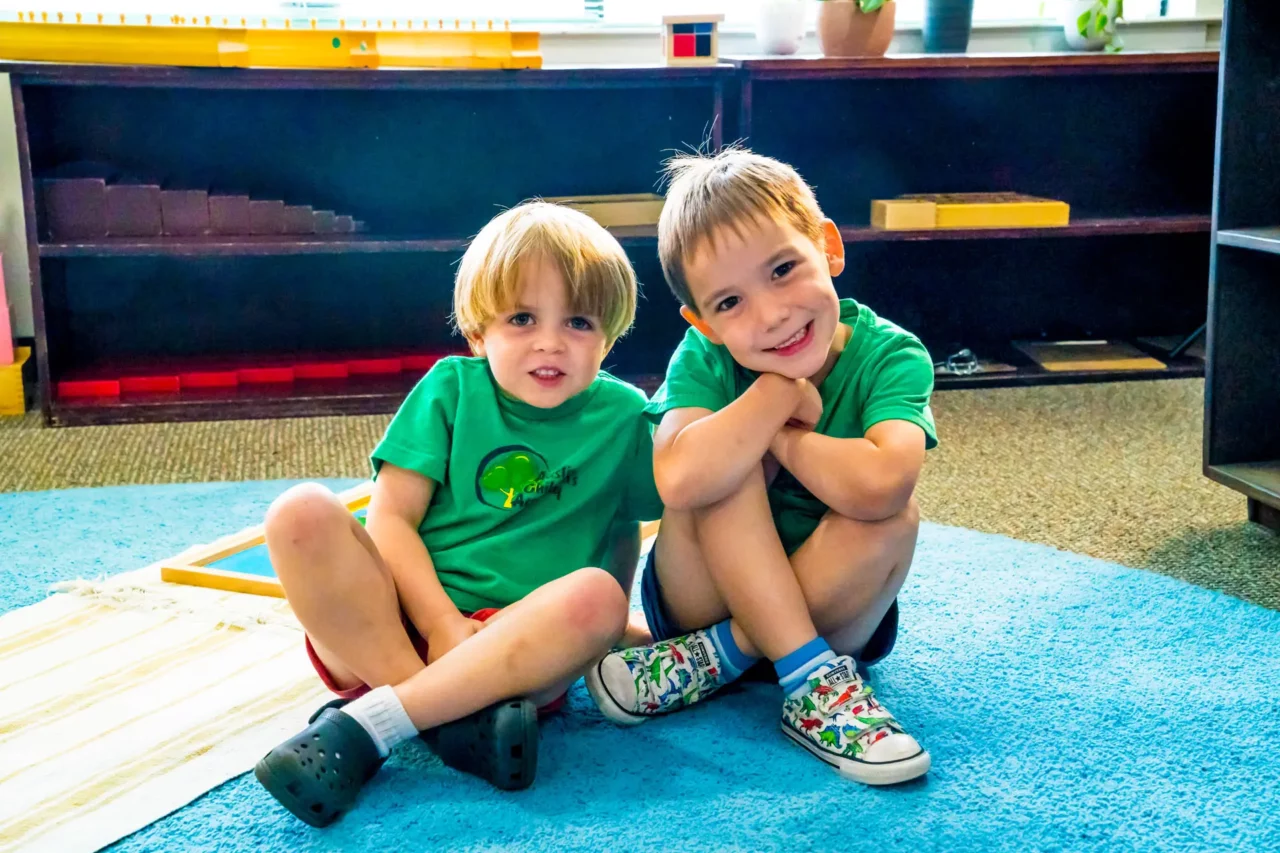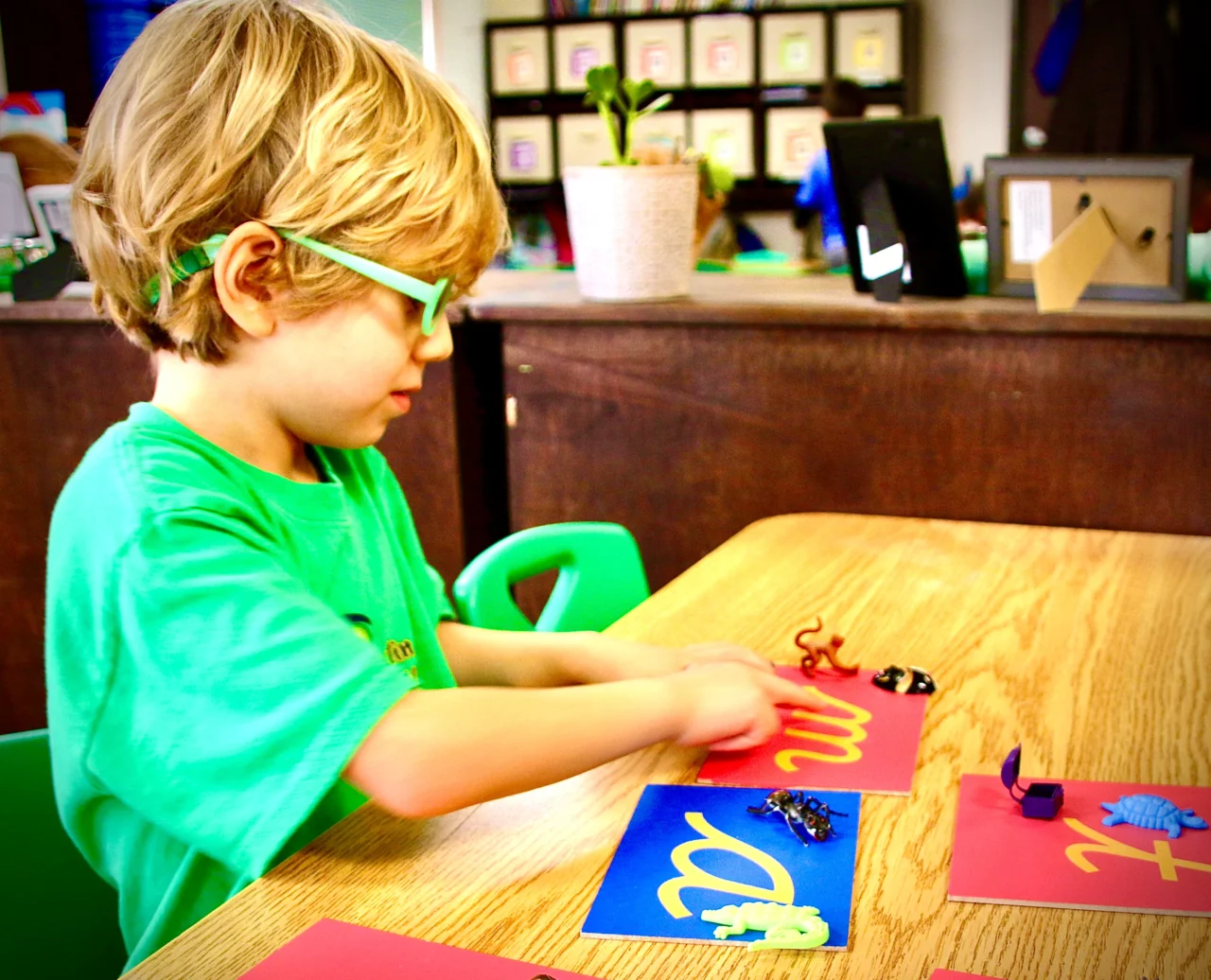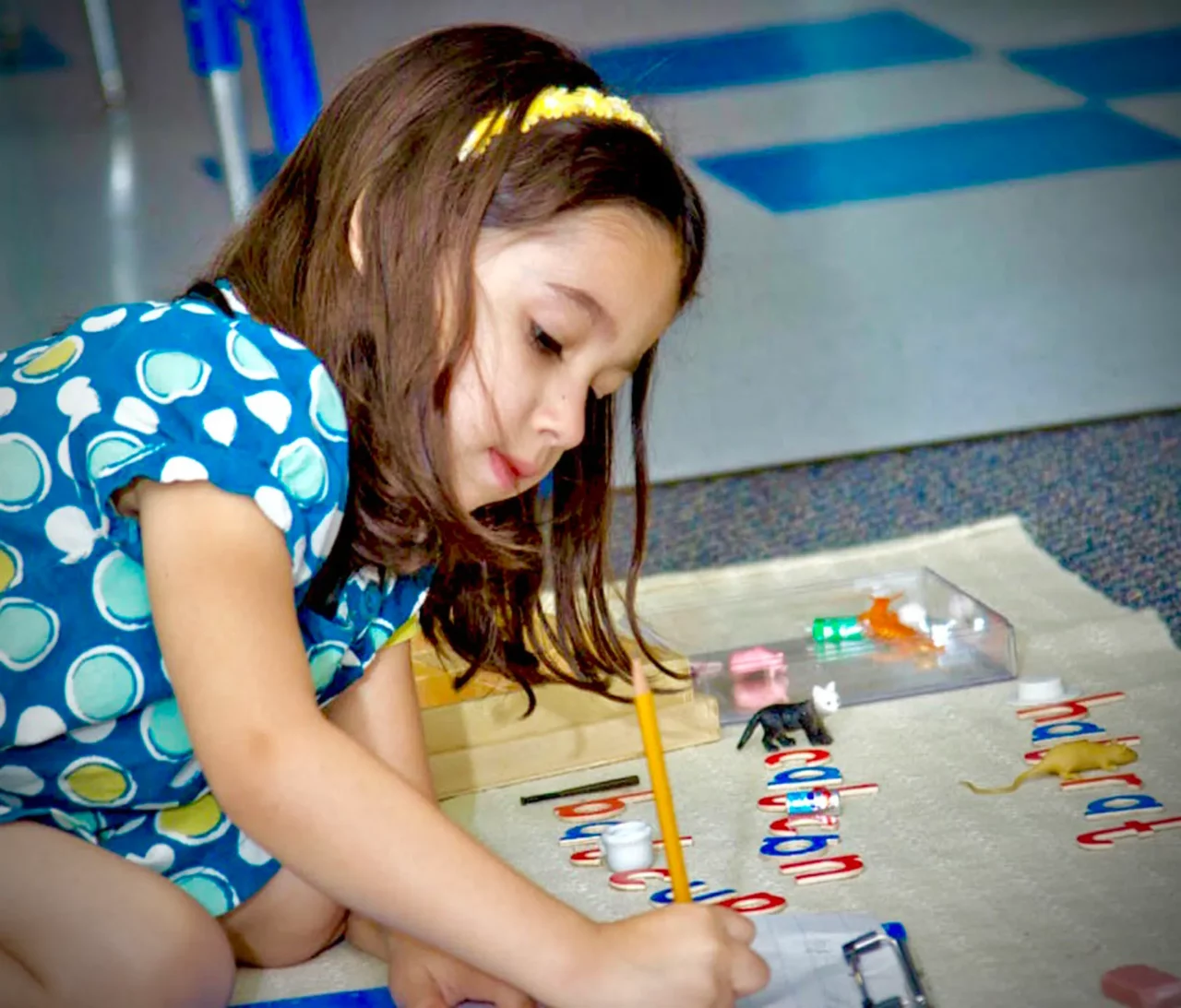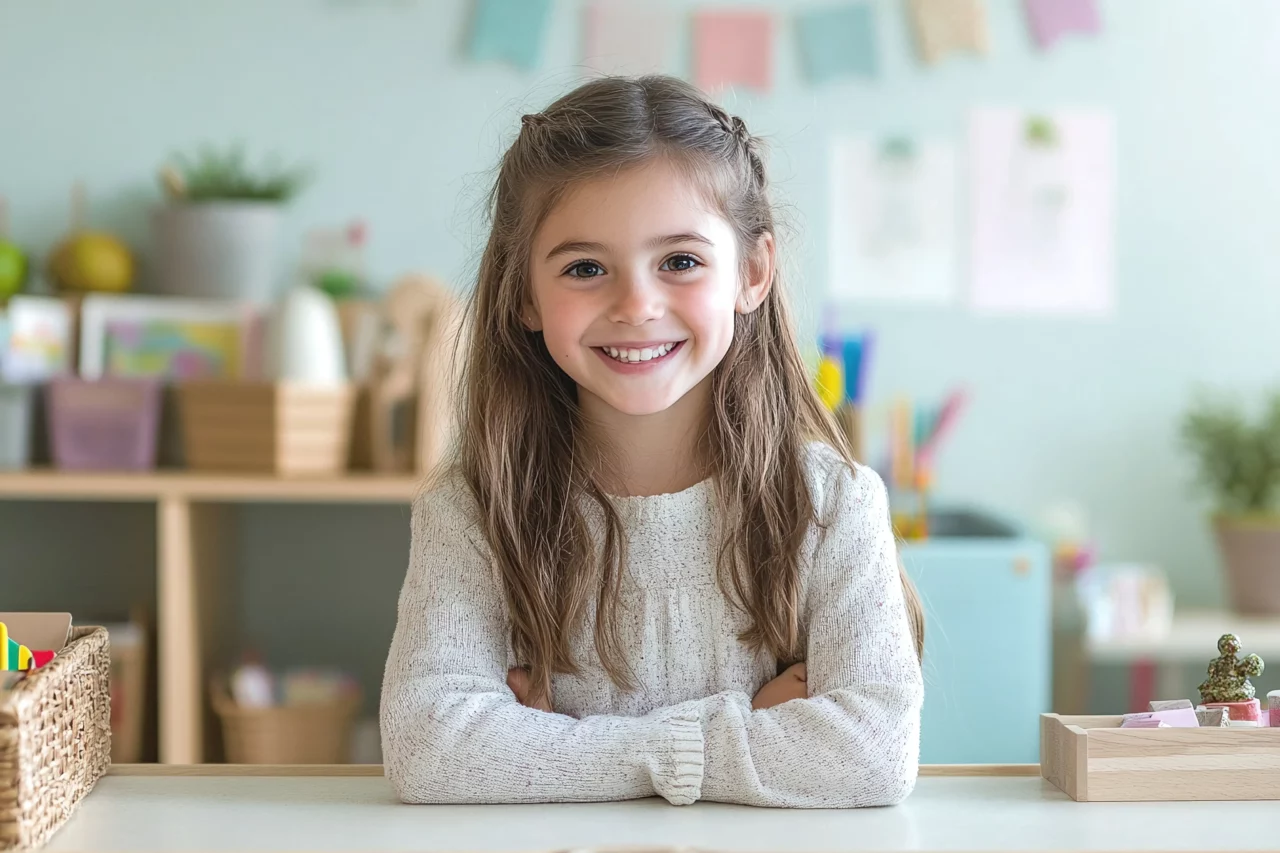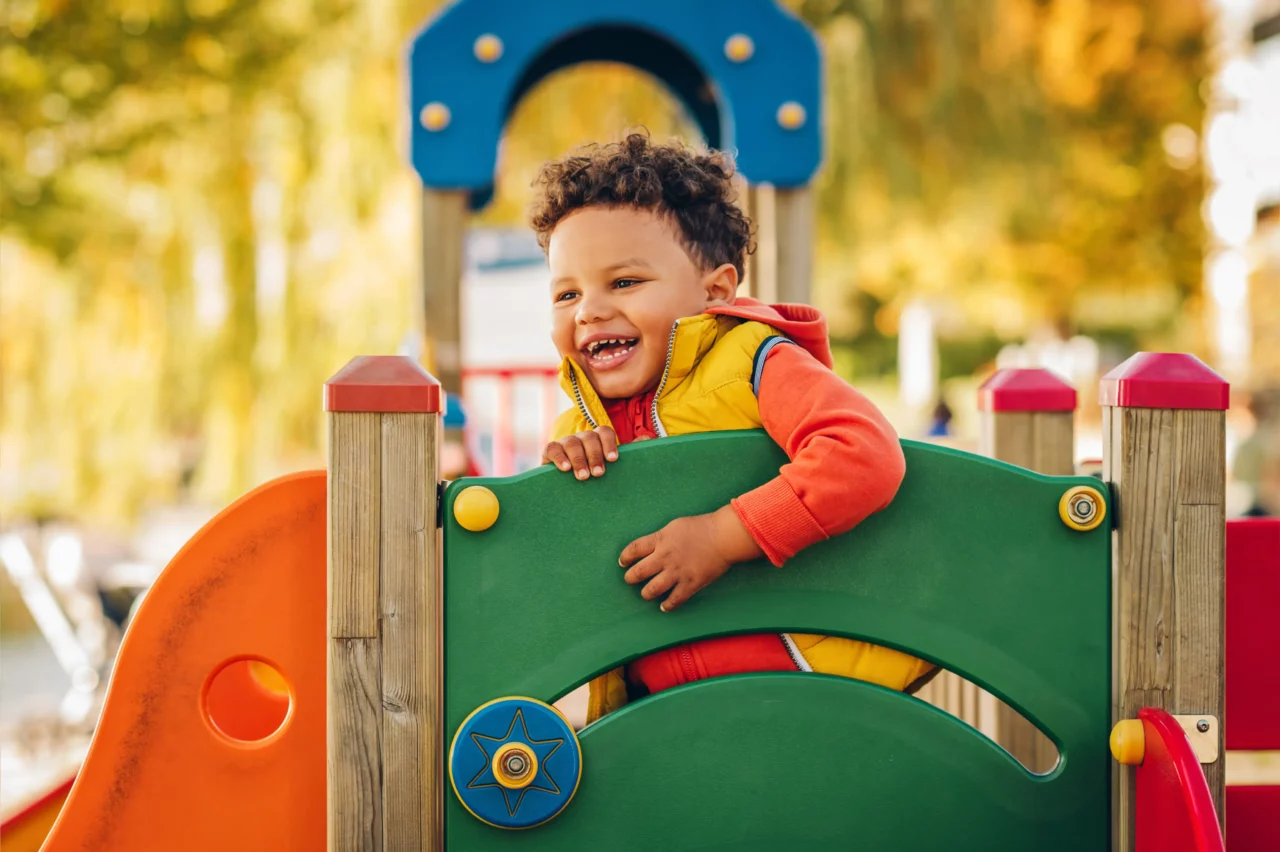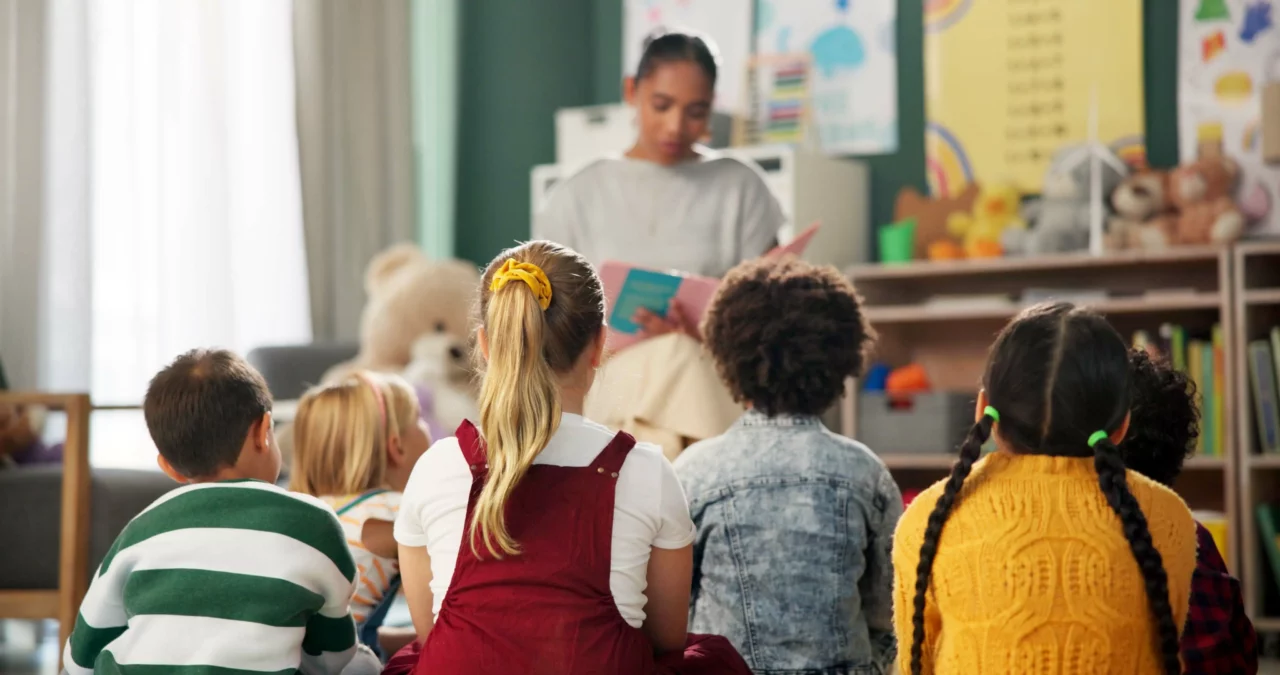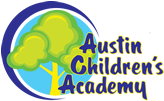
Spanish Immersion Program Overview
Research of brain development and the early years of our neurological system shows that infants and young children are hard-wired to learn language at an exponential rate. This is why the early years are critical and is a perfect time to introduce a second language.
The Benefits of Bilingualism
Beyond the immediate benefits of improved communication skills, cultural immersion, and long-term second-language retention, becoming bilingual at a young age brings cognitive benefits that last well into adulthood.
The research is unequivocal – bilingual children can focus on complex tasks more deeply than their monolingual peers, perform better on standardized tests, and have more well-developed executive functions, important for planning, scheduling, and organization.
Spanish Immersion Program Details
Ages
Infants — Primary
Program Hours
Half-Day: 8:30am – 12:30pm
Full-Day: 8:30am – 3:30pm
Extended-Day: 7:30am – 6:00pm
Class Size
12 students, 2 teachers
How Immersion Works
This program is geared to help children absorb a new language in a natural environment in much the same way they continue to increase their vocabulary in their own native language. Spanish will be used throughout the day during their daily schedule, in sync with their language developmental stage.
Our teachers understand that children won’t initially understand the new language during the early stages in the program. They are trained to pair words with body language, facial expressions, and visual aids to help your child master new words.
Though typically children naturally speak to one another in English, teachers will encourage responses to be made in Spanish. As the children’s skills improve, we often see older students acting as mentors, translating for the younger ones, who will eventually begin to use the new language spontaneously.
The Five Stages of Fluency
Our Spanish Immersion Program recognizes five distinct stages to fluency. Like all Montessori disciplines, teachers recognize and encourage individual development according to the specific needs of each unique child.
- Preproduction (0-6 months): Beginning to recognize vocabulary and demonstrate comprehension with pointing or nodding.
- Early Production (6 months – 1 year): Using key words and phrases, responding to simple questions with one or two words.
- Speech Emergence (1-2 years): Forming short sentences and understanding more complex language, though grammar and pronunciation errors may occur.
- Intermediate Fluency (2-3 years): Improving pronunciation and grammar while engaging in deeper, more conditional thinking.
- Advanced Fluency (4-7 years): Achieving near-native fluency, confidently expressing themselves and engaging in complex conversations.
Explore More About Us
Contact Our Admissions Team

Have more questions? We’re here to help!



